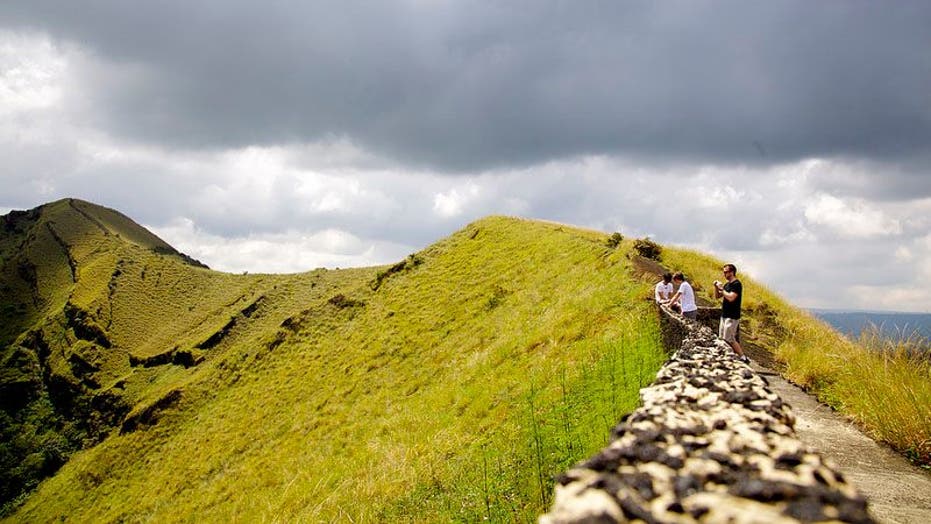Though it's been making more appearances in travel magazines lately, Nicaragua remains one of Central America's less-visited destinations. Overshadowed by Costa Rica, which has a far bigger budget to invest in marketing to the North American market, and still perceived as unsafe by Americans, whose knowledge about the country is limited to the Somoza dictatorship and civil war, Nicaragua has not been on most Americans' travel bucket list.
But all that's about to change, according to Jennifer Taylor-Jones, vice-president of product development at JetSet Vacations. She predicts that Central America—and Nicaragua in particular—is the next “it” destination for North American travelers.
In addition to geographical proximity, which makes flying both affordable and quick, the appeal of the region is that element of the unknown.
“Travelers are looking for something a little different, and Central America does different very well,” says Taylor-Jones. “In the last three years,” she adds, “Central American destinations have featured prominently on 'Must Visit' lists. In 2011, it was Costa Rica, last year it was Panama. Everyone wants the next best thing. This year, it's Nicaragua.”
Taylor-Jones says the “unknown” factor of Nicaragua is precisely what is starting to draw Gen X and Gen Y travelers to the country.
“Travel is all about discovery, so visitors can be the first in their social circles to experience [Nicaragua] and then come home and be a trendsetter amongst their friends.” Plus, she says, the “something for everyone” promise that so many destinations make in their ad slogans isn't just a marketing line for Central American countries. From backpackers to travelers seeking full-service, 5-star resorts, Nicaragua and its neighbors deliver, and in terms of attractions and experiences, there's a diverse range of possibilities.
Nicaraguan officials have long recognized the appeal and attractions of their country: the beautiful beaches of the Pacific coast, free of mega-resorts; the still-active Masaya Volcano, one of Nicaragua's many volcanic structures; Lake Nicaragua, Central America's largest lake; colonial cities like Leon and Granada; and mountain ranges covered in clouds. They're only just beginning to invest substantial sums in promoting the country, though, launching efforts to attract North American travelers. It is their hope, just as Taylor-Jones predicts, that these early adopters of travel to Nicaragua will become its ambassadors, establishing a new travel trend.
The investment of the country's Institute of Tourism (INTUR) is beginning to pay off. First-quarter 2012 arrivals increased nearly 15 percent over the same period for the preceding year, according to Nicaragua's Central Bank. Its goal is to become the third most visited country in Central America, after Costa Rica and Panama, and INTUR intends to spend at least $140 million dollars a year to achieve that goal.
What does all this mean for travelers who are considering a trip to Nicaragua?
Better knowledge about the country, for starters, according to Nicaraguan tour guide Juan B. Padilla. Padilla, who works for Nicatours, based in the country's capital, Managua, says that part of INTUR's spending initiatives are intended to help people outside the country become more familiar with the country's current political and economic state, as well as all that it has to offer to travelers.
Investments in tourism also mean improved infrastructure, such as roads and transportation, and the support of communities around the country, whose members are working together to create hotels, attractions, and experiences that will appeal to visitors while protecting the country's culture and its environment.
See some of those attractions and experiences in our Nicaragua slideshow, which takes you from urban Managua to Granada and Leon.

